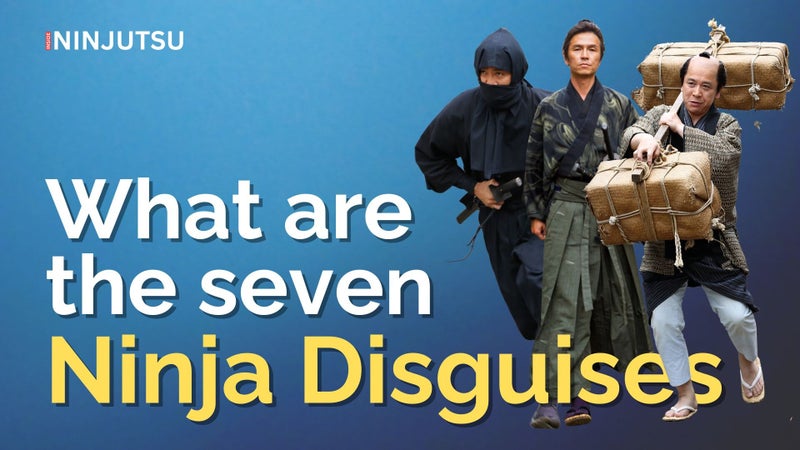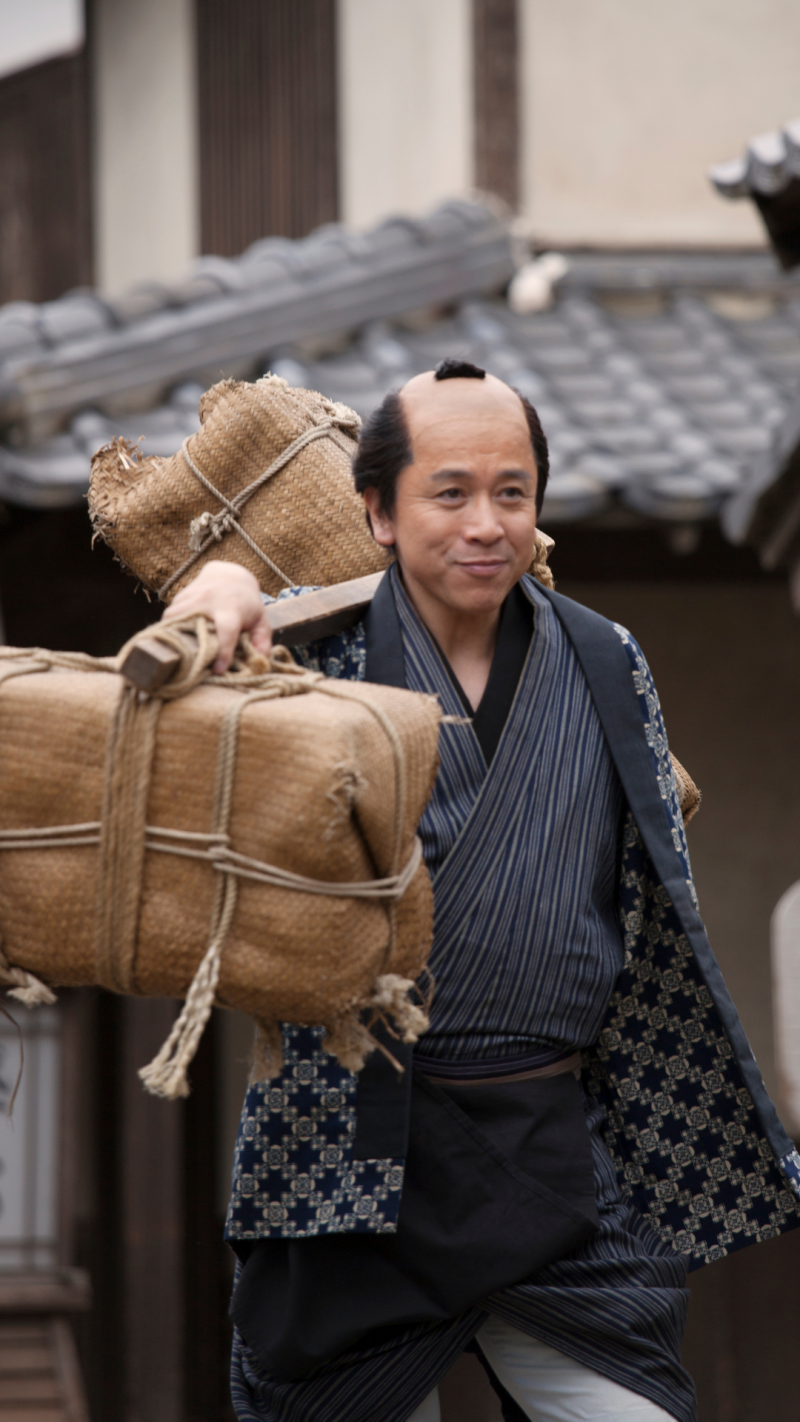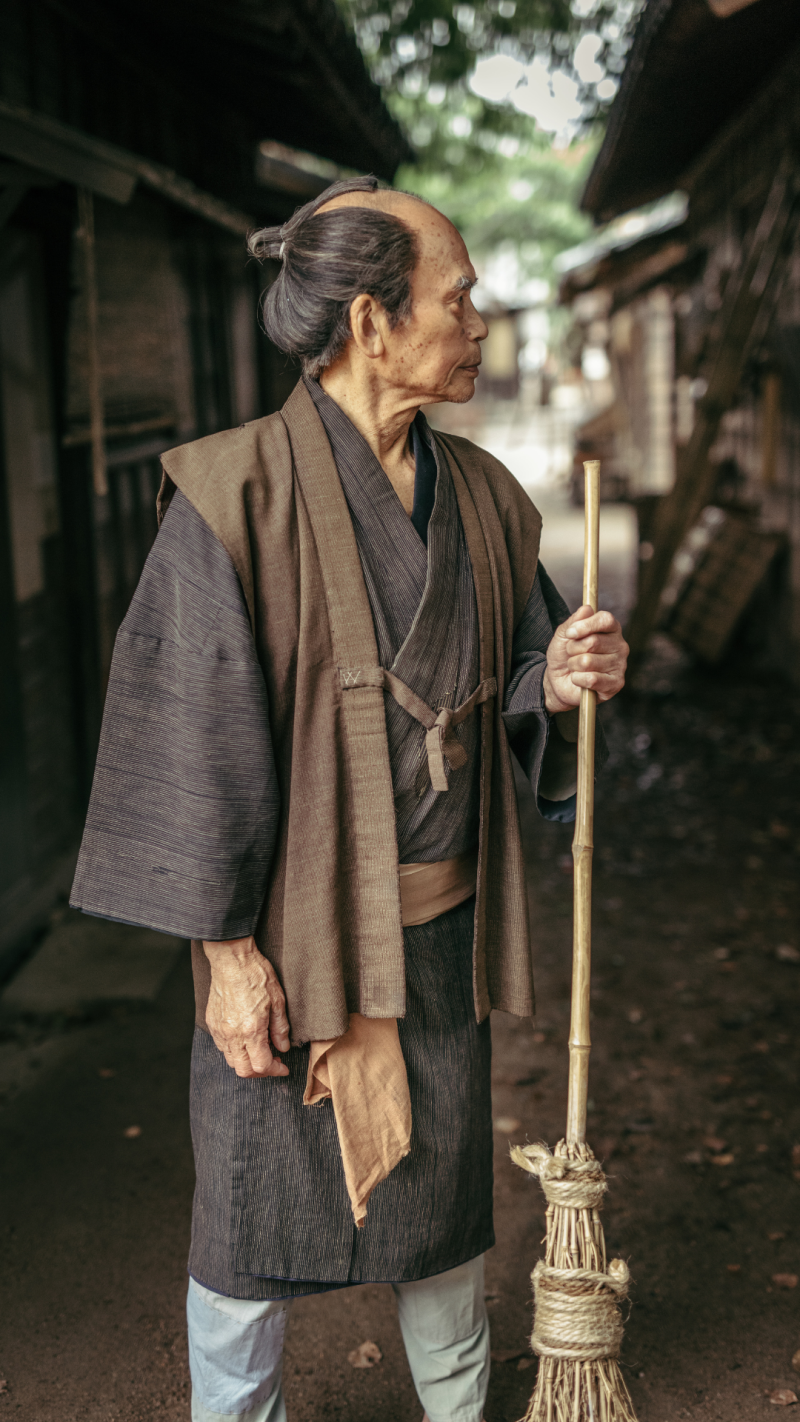
Mastering the Art of Deception
The Seven Ninja Disguises
For centuries, the image of the ninja has captivated the imagination with the iconic black attire and throwing stars. However, a crucial element of their repertoire was the art of disguise.
The Shoninki, a 17th-century manual offering insights into ninja life, revealed the "Shichihoude," or seven disguises, that allowed them to vanish in plain sight. Let's explore these fascinating personas and delve into the art of deception used by these masters of espionage.

-
Komuso (Straw-hat Monk): An easily recognizable figure, the Komuso donned a distinctive straw hat that obscured their face while playing a shakuhachi flute. This wandering musician persona offered anonymity and access to public spaces, allowing them to gather information or observe unnoticed.
-
Shukke (Buddhist Monk): Assuming the role of a monk within a temple provided access to restricted areas and allowed interaction with various individuals. By understanding Buddhist rituals and customs, the ninja could seamlessly blend in and gain valuable knowledge.
-
Yamabushi (Mountain Ascetic): These hermits, known for their austere practices and mountain dwelling, offered a unique disguise. The ninja, adept in wilderness survival, could leverage this persona to traverse hidden routes and gather intelligence in remote areas.
-
Shonin (Merchant): Integrating into the bustling world of trade provided opportunities for gathering information and forging connections. Disguised as a merchant, the ninja could travel freely, engage in conversations, and even use trade goods to conceal hidden weapons or messages.
-
Sarugakushi (Actor): The vibrant world of entertainment presented a dynamic cover. Actors, with their ability to transform and improvise, could infiltrate gatherings, blend with diverse crowds, and even use performances to convey coded messages or distract onlookers.
-
Hokashi (Street Entertainer): From acrobats to jugglers, these street performers offered a captivating and mobile disguise. With their skills and adaptability, the ninja could attract attention, blend into different environments, and potentially use their performances to distract or gather information.
-
Honnin (Commoner): The seemingly unremarkable guise of a farmer, laborer, or ordinary citizen could be surprisingly effective. Blending into the everyday fabric of society allowed the ninja to move undetected, observe routines, and gain insights into the local population.
It's important to note that mastering these disguises wasn't about simply wearing the appropriate garb. Each persona required understanding the mannerisms, speech patterns, and even the scents associated with the role.exclamation The Shoninki emphasized mastering local dialects, adopting believable stories, and utilizing tools like incense to further enhance the deception.
The seven disguises of the Shoninki offer a glimpse into the multifaceted skills of the ninja. They were masters of social engineering, blending seamlessly into different worlds to achieve their objectives. These techniques, though rooted in history, offer timeless lessons in the art of deception, adaptation, and understanding human behavior – a reminder that the most effective disguise is often not just about changing your appearance, but about truly inhabiting another identity.







